You have no items in your shopping cart.
Bordeaux
Château Montrose
(28 customer reviews)
Château Montrose has been a winegrowing estate since 1815, and is one of the finest in the Médoc. It extends over 95 hectares in a single block in Saint-Estèphe, north of Pauillac.
It is ideally situated on the banks of the Gironde estuary, making it one of the privileged few to benefit from the local microclimate, ideal for vines. As a result, it escaped the recent heatwaves of 2018 and 2003, as well as the exceptional frosts of 2007 and 1991. Find out more
 Recommended by
Recommended byParker Wine Advocate - Bettane et Desseauve avant 2020 - Jancis Robinson
-

Shipped in
secured packaging - -30%
- -18%
-

Garantie anti-casse :
Prise en charge totale
The winemaker
The history of a prestigious winery
The estate was transformed into a vineyard by Théodore Dumoulin in 1815. Convinced that this forgotten moor was the ideal terroir for producing great wines, he planted vines and built the facilities needed to produce excellent cuvées. His work was rewarded by the classification of his estate as a Grand Cru only 40 years after its creation. It was a true consecration that he received in 1855. He continued to develop Montrose throughout his life, leaving 95 hectares of vineyards to his heirs when he died in 1861.
The château and vineyard became the property of Mathieu Dollfus, an Alsatian industrialist, in 1866. He undertook to modernize the facilities and develop the vineyard and winemaking practices. He was also extremely attentive to the working conditions of his teams and built the "Montrose village", providing on-site housing for staff, covering medical expenses and establishing a real sharing of the winery's profits. A true visionary, he succeeded in protecting the Montrose vines from the ravages of phylloxera by installing a wind turbine on the estate. The windmill pumps water underground to flood the land, and is still in place on the estate, a true symbol of Château Montrose.
After his death in 1886, the Charmolüe family took over the reins of Montrose in 1896, remaining at the helm for over a century until 2006. Their hard work produced several legendary vintages, and Montrose's reputation grew over the years, making the château one of the Médoc's most prestigious Grands Crus classés.
The producer
In 2006, Martin and Olivier Bouygues bought the estate from the Charmolüe family. They embarked on a gigantic modernization project that would last seven years and be completed in 2013. Their aim is to turn the estate into an exceptional center for the wine industry.
They will be building a monumental new 1000m2, 11-meter-high cellar for the custom maturation of the estate's Grands Crus. It not only boasts high technical quality, but also respects the typical 18th-century architecture of the Bordeaux region.
They will also develop geothermal energy production facilities and install nearly 3,000 m2 of photovoltaic panels on the roofs of the buildings. The management team also includes Mélissa Bouygues, who is president, and Hervé Berland, its director. With varied skills in wine production, vine cultivation, soil care and solid academic knowledge, the Montrose team today continues the work of excellence, begun in 1815 by its founder.
The estate
Château Montrose boasts an exceptional terroir, one of the most privileged in the Bordeaux wine region. Situated on a particularly well-drained gravelly hillside, the vineyard extends over what expert geographers call "elite nuclei". These terraces are made up of sandy gravel soils and more clayey subsoils. As a result, the vines benefit from natural water reserves from which they can draw deeply.
The vineyard is made up of a mosaic of micro terroirs, depending on exposure, vines, yields, grape varieties and rootstocks. Montrose thus produces a range of wines expressing all the richness and specificity of each of its parcels.
Montrose is home to the Médoc's dominant grape variety, Cabernet Sauvignon. It accounts for 60% of the estate's vines. The other major grape variety is Merlot, with 32%. The remainder is divided between Cabernet Franc (6%) and Petit Verdot (2%). This variety of grape varieties enables our teams to produce wines of great complexity.
The wines
Driven today by a global approach to respect for the environment, the domaine offers 3 exceptional wines:
The estate's Grand Vin is Château Montrose. This is a wine with exceptional ageing potential, and certain vintages have become highly sought-after wines, notably the 1921, 1929, 1982, 1990 and 2009 vintages.
La Dame de Montrose is the second wine, silky and supple, made from predominantly Merlot blends. Tertio de Montrose is a wine made from younger vines. It was previously named Saint Estèphe de Montrose.

22 wines available
between 23.3 € and 719.99 €
between 23.3 € and 719.99 €

499 wine's scans
on Twil application
on Twil application
You might like Voir tous les vins de la région
- -32%
- -32%
- -30%

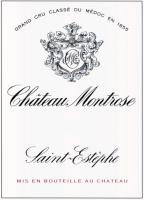
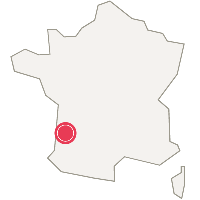


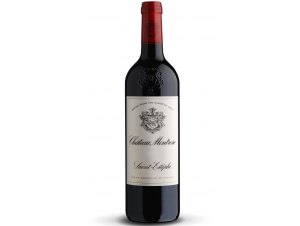




















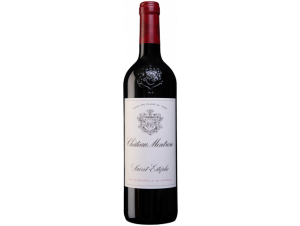
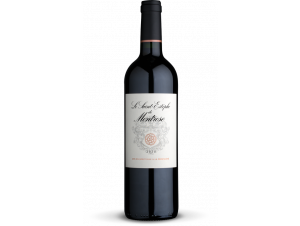

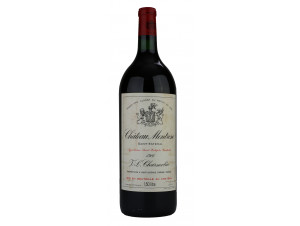
















 TWIL - Achat de Vin
TWIL - Achat de Vin


